Nidec Servo Corporation launched the world’s first* brushless DC motors equipped with Can-Bus.
Can-Bus (Controller Area Network-Bus), a type of vehicle bus, or an internal communications network that interconnects devices inside a vehicle or a train, enables microcontrollers and devices to communicate with one other without a host computer. Though originally designed for multiplexed in-vehicle electrical wiring that is required to be noise-resistant, Can-Bus is now used widely for devices to communicate control information in such areas as robotics, which includes transportation equipment and machine tools.
Nidec Servo’s latest brushless DC motors are the world’s first* of their kind with the Can-Bus communication function for product pay-out mechanisms, and the motors can be connected with one another without a host computer. Amid the growing refrigerant restrictions, vending machines are required to be explosion-proof, while demands are growing for brushless DC motors, as they do not generate sparks. It is under those circumstances that the Company has added
Can-Bus to its motors to enable automatic remote failure diagnosis of them and significant reduction of wiring.
Interested? please feel free to contact us via E-MAIL
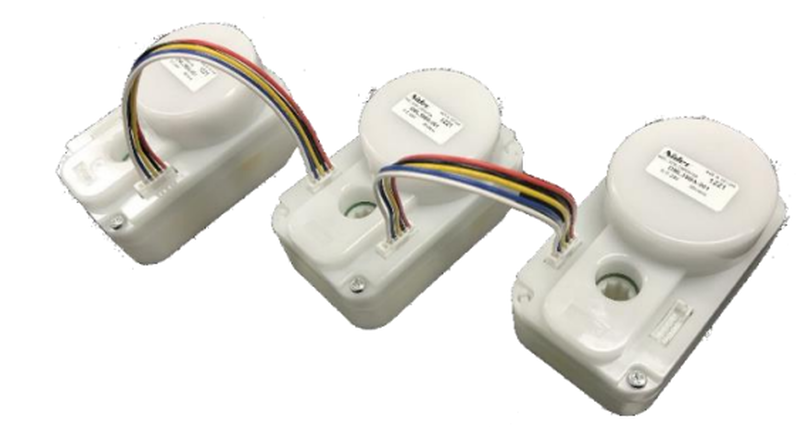
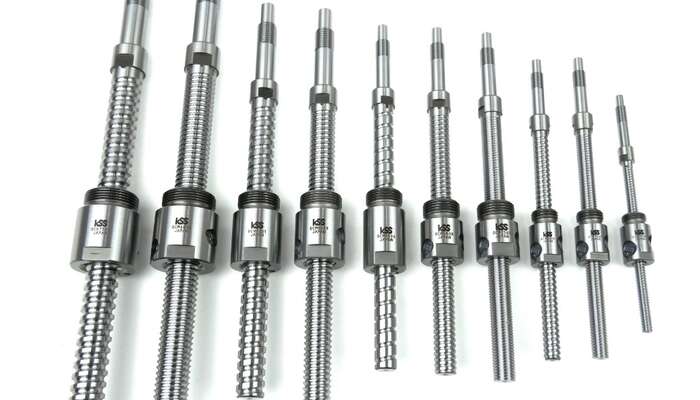
KSS Presents new Ball Screws series with Nut outer diameter conforming to ISO standard(ISO 3408-2 series1 / DIN 69051-5). Reinforced recirculating device and optimized Ball track of circulation improve reliability of rotational performance and durability.
Read more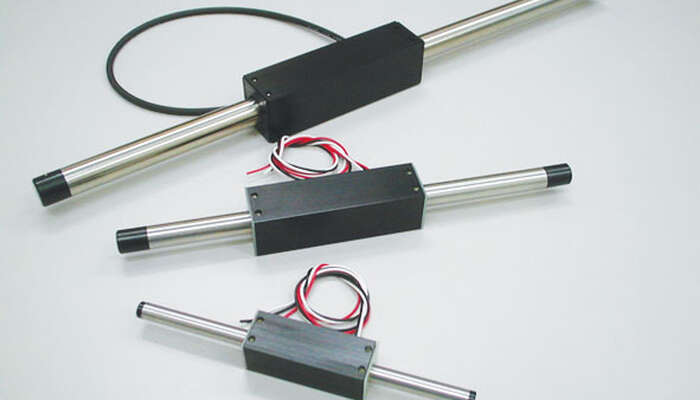
Nippon Pulse is excited to add a new option to our line of Linear Shaft Motors - an integrated analog Hall effect feedback element built into the forcer to save space and provide exceptional repeatability for positioning and conveyance applications.
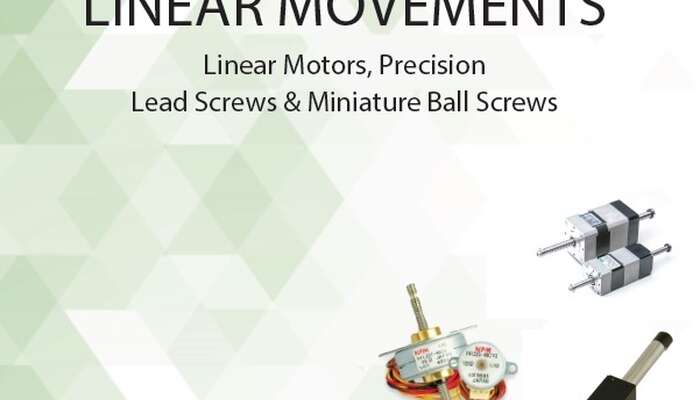
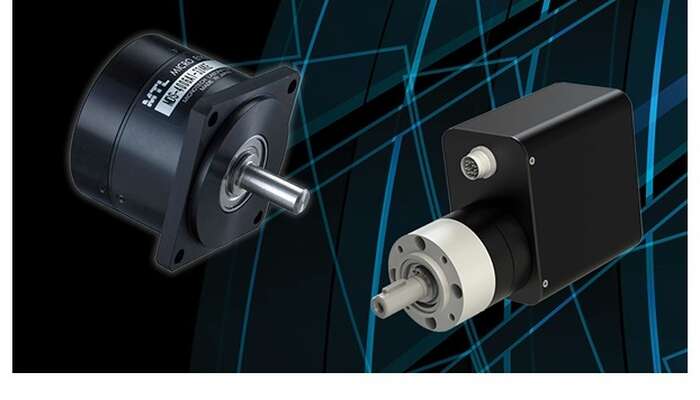
As a representative of renowned manufacturers, Dynetics offers a wide range of rotary and linear miniature drives together with the associated control electronics in various technologies. The range is supplemented by fans and radial blowers for the cooling of equipment.
Read more